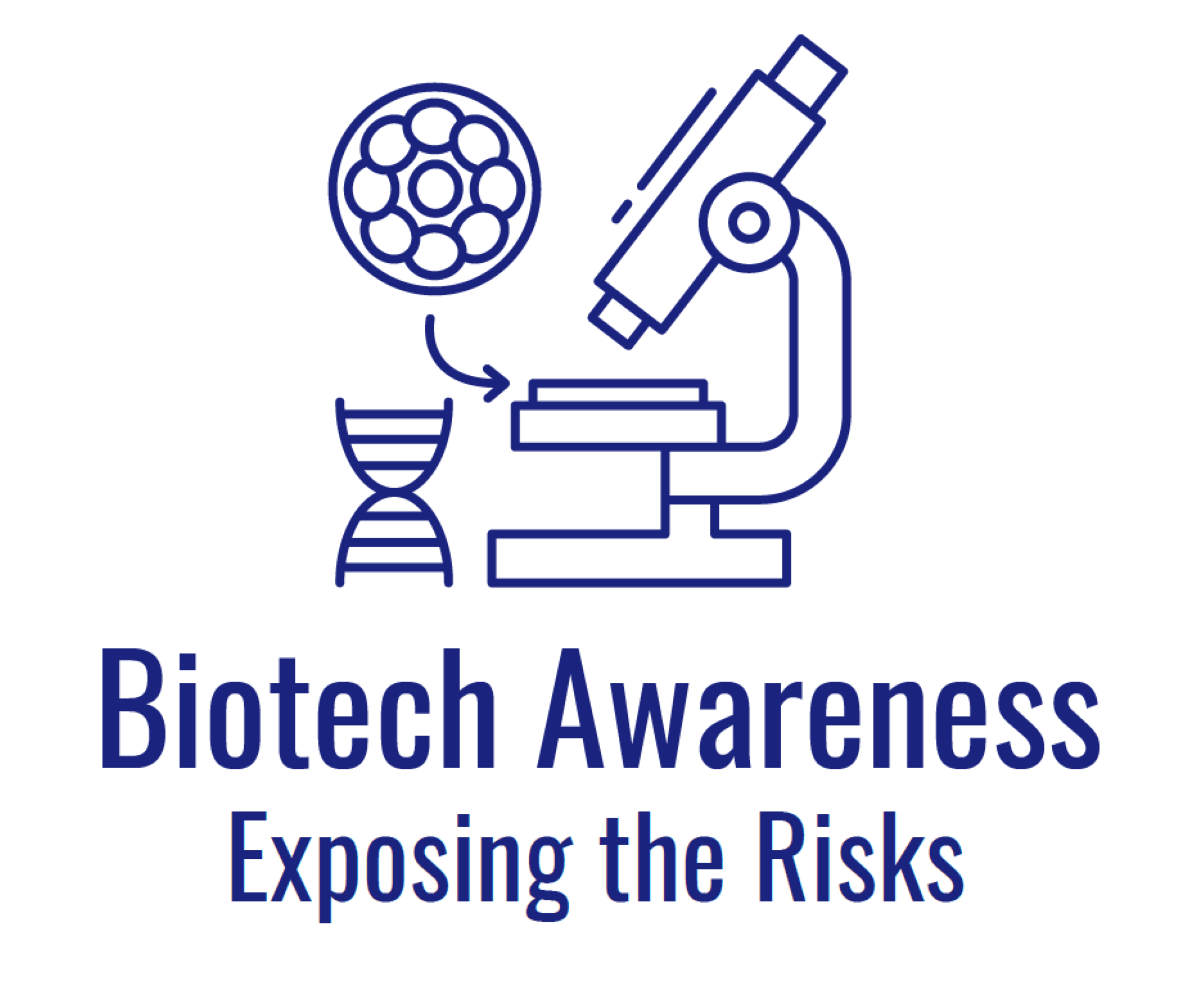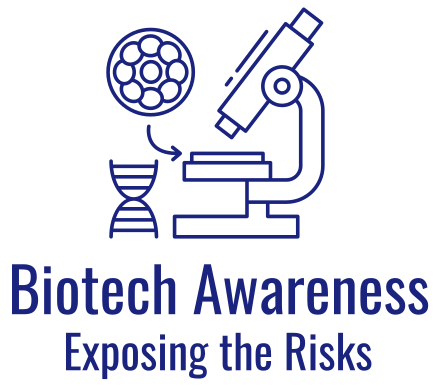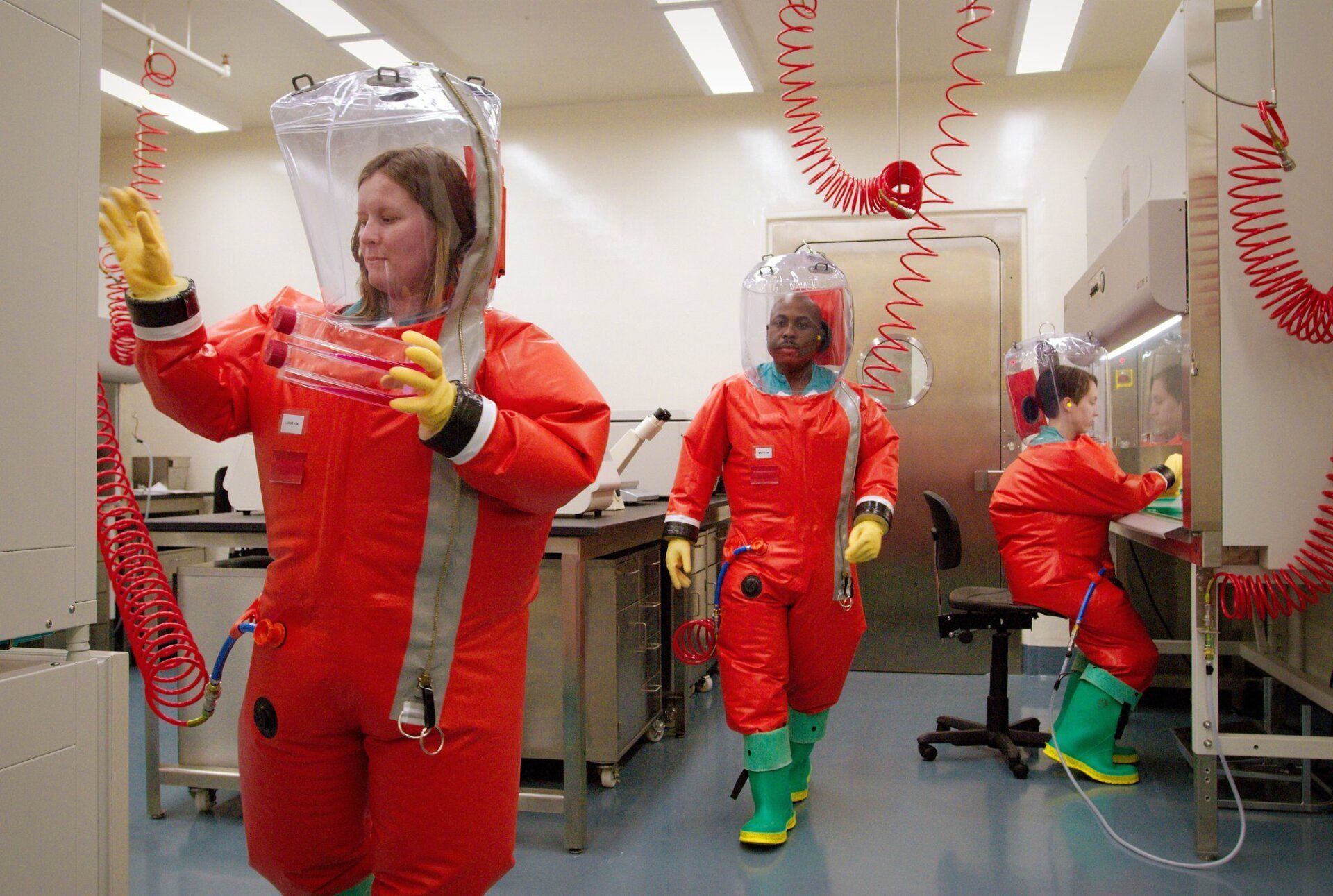CDC Lab Accidents
CDC Employees Exposed to Ebola
Researchers studying Ebola in a highly secure laboratory mistakenly allowed potentially lethal samples of the virus to be handled in a much less secure laboratory at the Centers for Disease Control and Prevention in Atlanta, agency officials said Wednesday.
One technician in the second laboratory may have been exposed to the virus and about a dozen other people have been assessed after entering the facility unaware that potentially hazardous samples of Ebola had been handled there.
The mistake comes after a series of incidents this summer involving the mishandling of dangerous pathogens at the nation’s labs. An incident at a CDC lab in June potentially exposed dozens of employees to live anthrax because employees failed to properly inactivate the anthrax when transferring samples.
The CDC operates advanced biosafety laboratories in which dangerous pathogens such as Ebola can be handled by investigators who wear biohazard suits that keep them from being exposed. But what happened this week illustrates the impossibility of eliminating human error from even a state-of-the-art facility.
The mistake was discovered Tuesday when workers looked in the freezer in the Ebola research lab — one of the highest-security biosafety labs, known as a Level 4 — and saw material that was supposed to have been sent to a different, less-secure lab in the same building.
They realized something was wrong.
The researchers had been studying the effects of Ebola on guinea pigs in the high-security lab to find out whether the Ebola strain that has devastated West Africa this year is deadlier than previous strains.
But there was a mix-up this time: Less-hazardous material that should have gone to the second lab down the hall was placed in the first lab’s freezer. The hazardous material, which possibly contained live Ebola virus, was put in a spot to be transferred to the second lab, CDC officials said.
The lab where Monday’s potential exposure occurred was decontaminated and the material destroyed as a routine procedure before the error was identified. The laboratory was decontaminated for a second time and is now closed.
The latest incident comes at a time when the CDC is taking a leading role to fight the epidemic that has killed more than 7,500 people in Guinea, Liberia and Sierra Leone, and to improve domestic preparedness against Ebola. More than 170 CDC infectious disease specialists are in West Africa.
After the summer’s incidents, the CDC temporarily banned transfer of all biological materials from its labs, conducted a wide-ranging safety review, appointed a new director of lab safety and created an outside lab safety advisory group. The CDC labs conduct some of the world’s most sophisticated research into infectious diseases.
Read the
article.
CDC Lab Accidents Involving Anthrax, Botulism, Brucella and H1N51 Influenza Virus
In the June incident involving live anthrax, more than 80 workers may have been exposed after employees unknowingly sent samples of the bacterium from one CDC lab to other CDC labs.
During the anthrax investigation, agency officials learned about several other instances in which deadly pathogens had been improperly sent to other laboratories over the past decade.
The most serious of those previously undisclosed incidents took place in March, when a CDC lab in Atlanta sent a sample of flu virus contaminated with the deadly H5N1 influenza virus, a much-feared bird flu strain, to a U.S. Department of Agriculture laboratory in Athens, Ga. CDC staff members failed to report the incident to top leaders at the time.
Michael T. Osterholm, a bioterrorism expert and director of the Center for Infectious Disease Research and Policy at the University of Minnesota, said all the mishaps are troubling, but he singled out the one involving H5N1, the much-feared bird flu strain that has infected 650 people worldwide since 2003, killing more than half of them.
“Somehow, you had this potentially lethal virus cross-contaminating what should have been a relatively safe virus,” Osterholm said.“When you can have that type of contamination occur, then have the specimen sent out for others to handle, not knowing what’s in it, that’s a really significant issue.”
- In 2006, a CDC bioterror lab transferred vials of anthrax DNA to two outside laboratories, the report said. The bioterror lab “believed they had inactivated the samples,” but testing found viable anthrax bacteria. The bioterror lab instituted new procedures for shipping or transferring DNA from bacterial agents. That same lab was involved in last month’s anthrax incident; workers did not follow those safety procedures, the report said.
- In 2006, shipments from another CDC lab were found to contain live botulism bacteria, which can cause paralysis in infected people. The bacterium produces a nerve toxin in the body. There are five main types, including food-borne. All forms can be fatal. Botulism causes muscle weakness and kills by paralyzing the respiratory muscles.
- In 2009, newly available test methods show that a strain of Brucella, which can cause a highly contagious bacterial infection called brucellosis, had been shipped to outside laboratories as early as 2001 because researchers believed mistakenly that it was a vaccine strain of the bacteria.
Biosafety experts have criticized the lack of coordination and oversight at laboratories inside and outside the federal government that conduct research on microbes that could be used as bioterrorism agents.
“Such events like this are absolutely unacceptable even once. When they occur multiple times, you have to ask yourself what systems are in place to prevent this from happening,” Michael Osterholm, director of Center for Infectious Disease Research and Policy at the University of Minnesota, said in an interview Wednesday.
“To err is to be human. We expect that to happen in any kind of high-tech setting,” Osterholm said. “So what you do is build in a set of procedures and checks and balances. They need to be in place to account for human error.”
Read the article.
“Such events like this are absolutely unacceptable even once. When they occur multiple times, you have to ask yourself what systems are in place to prevent this from happening.”
Michael Osterholm, director of Center for Infectious Disease Research and Policy at the University of Minnesota
CDC Keeps Secret its Mishaps with Deadly Germs
The Centers for Disease Control and Prevention, which has faced congressional hearings and secret government sanctions over its sloppy lab safety practices, is keeping secret large swaths of information about dozens of recent incidents involving some of the world’s most dangerous bacteria and viruses.
After taking nearly two years to release laboratory incident reports requested by USA TODAY under the Freedom of Information Act, the CDC blacked out many details including the types of viruses and bacteria involved in the mishaps and often the entire descriptions of what happened. In several cases, clues about the seriousness of incidents is revealed because CDC staff failed to consistently black out the same words repeated throughout a string of emails.
The CDC would not answer USA TODAY’s questions about specific incidents, which occurred at the agency’s laboratory facilities in Atlanta and Fort Collins, Colo., during 2013 through early 2015.
USA TODAY's “Biolabs in Your Backyard” investigation has revealed hundreds of safety incidents at public and private research facilities nationwide and highlighted how many university, government and private labs have fought to keep records secret about incidents and regulatory sanctions. The USA TODAY investigation also exposed that more than 100 labs working with potential bioterror pathogens have faced secret federal sanctions for safety violations, yet regulators allowed them to keep experimenting while failing inspections, sometimes for years.
USA TODAY also revealed details about the operations and safety records of more than 200 high-containment labs across the nation, facilities whose identities have eluded even the Government Accountability Office. See the report "Biolabs in Your Backyard."
The CDC completely withheld 36 pages of lab incident records. In several other reports, the CDC redacted every word about what happened.
After winning a Freedom of Information Act appeal last year, USA TODAY revealed that the CDC is among a small group of biolab operators nationwide that have the worst regulatory histories in the country, receiving repeated sanctions under secretive federal regulations.
Read the article.
Laboratory Safety Resources
ISO 35001 (International Guidelines)
The International Organization for Standardization (ISO) develops environmental, safety, and other standards for a wide-array of products and processes.
In 2019, the organization released
ISO 35001, a standard on biorisk management for laboratories that work with dangerous pathogens.
World Health Organization (WHO)
In December 2020, the World Health Organization published the 4th edition of their "Laboratory Biosafety Manual."
Emphasis is placed on the importance of a "safety culture" that incorporates risk assessment, good microbiological practice and procedure, appropriate training, and prompt reporting of incidents and accidents followed by appropriate investigation and corrective actions.
U.S. CDC and NIH (US Guidelines)
In June 2020, the U.S. Centers for Disease Control (CDC) and National Institutes of Health (NIH) published the 6th Edition of their book titled "Biosafety in Microbiological and Biomedical Laboratories (BMBL)." This is an advisory document recommending best practices for the safe conduct of work in biomedical and clinical laboratories from a biosafety perspective.
OSHA Standards (Federal and State)
There are several specific OSHA standards that apply to laboratories.
There are also 28 State Plans approved and monitored by OSHA. These State Plans must be at least as effective as OSHA standards in protecting workers and preventing work-related injuries, illnesses and deaths.
Lab Safety Resources
There are many additional resources available regarding laboratory safety. Here are just a few options: World Health Organization (WHO), U.S. Centers for Disease Control and Prevention (CDC), Lab Safety Specialists, National Institutes of Health (NIH), Stanford Biosafety and Security and Western University,
SPREAD THE WORD. RAISE AWARENESS ABOUT RISKS IN THE BIOTECH INDUSTRY.
FAIR USE NOTICE: This site may contain copyrighted material the use of which has not always been specifically authorized by the copyright owner. We are making such material available in our efforts to advance the understanding of environmental, political, human rights, economic, democracy, scientific and social justice issues. We believe this constitutes a 'fair use' of any such copyrighted material as provided for in section 107 of the US Copyright Law. In accordance with Title 17 U.S.C. Section 107, the material on this site is distributed without profit to those who have expressed a prior interest in receiving the included information for research and educational purposes.



